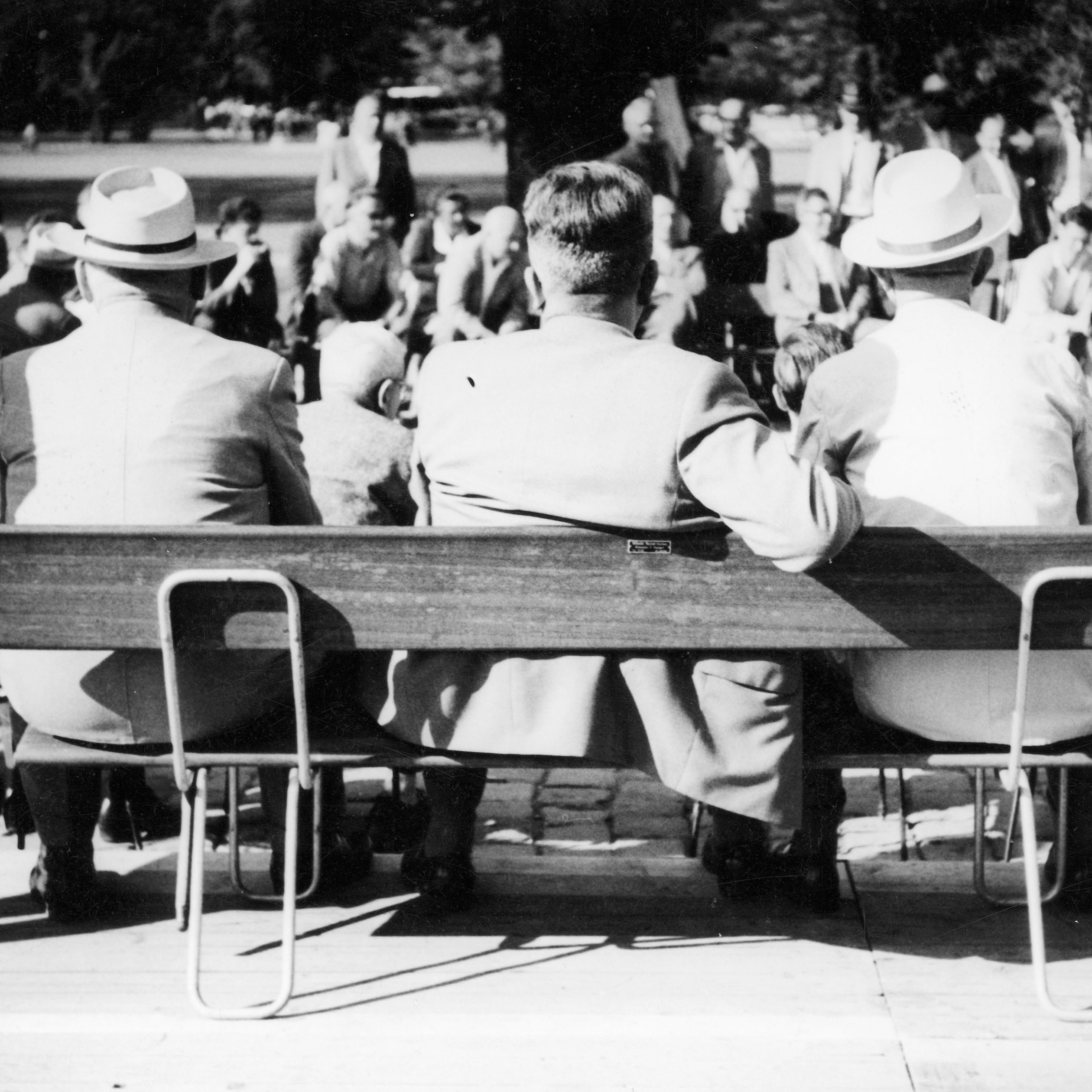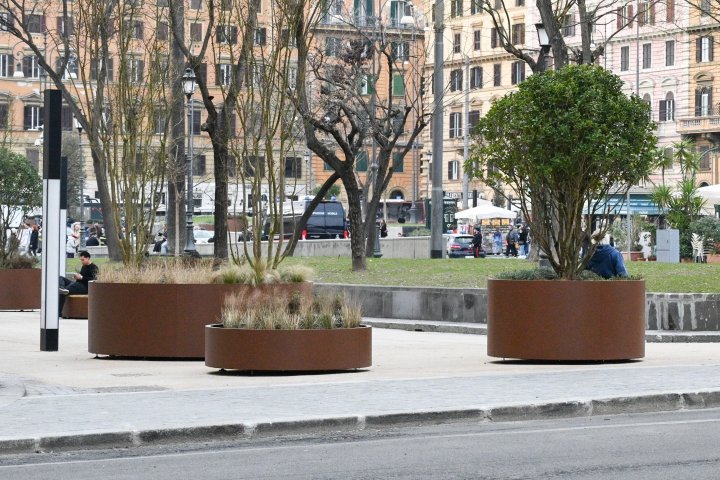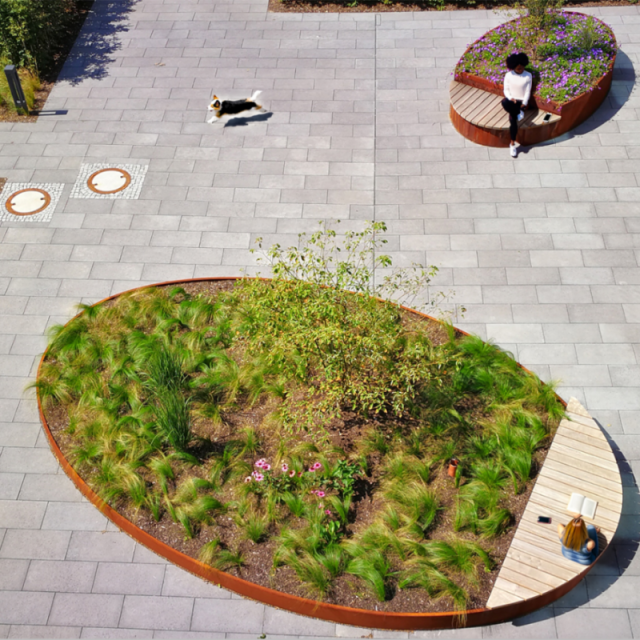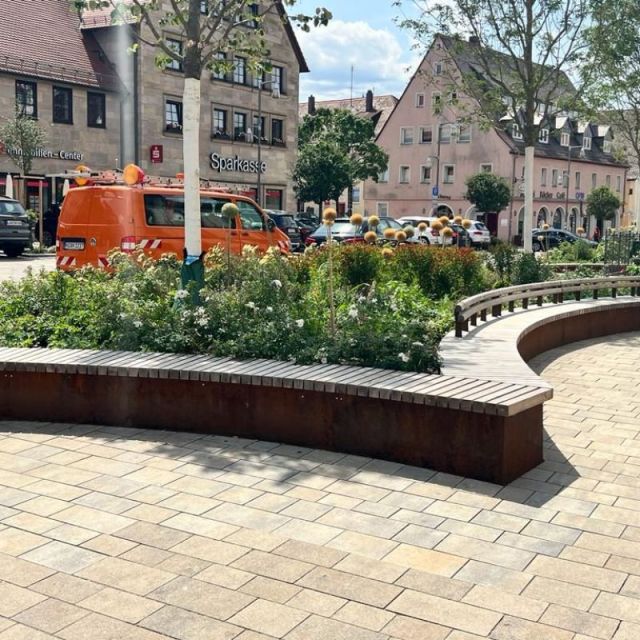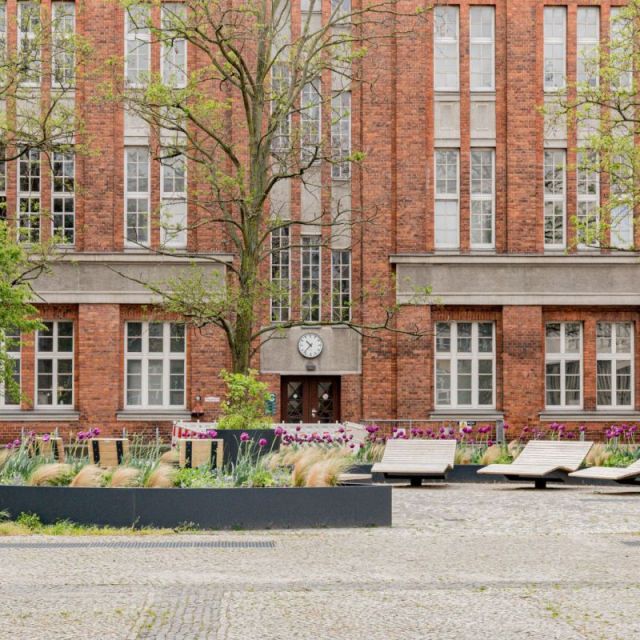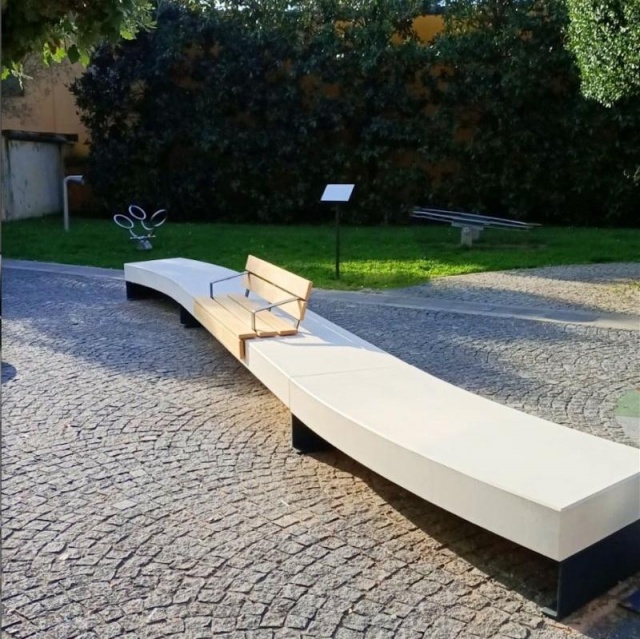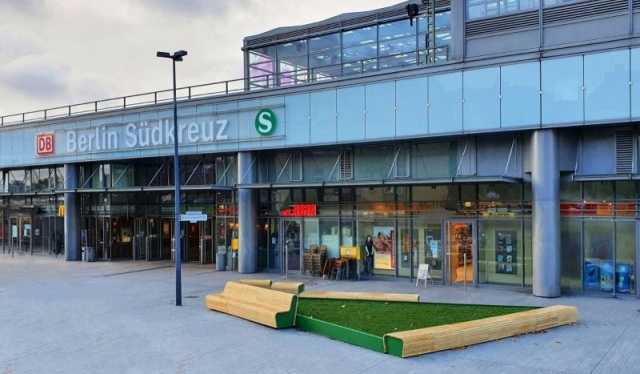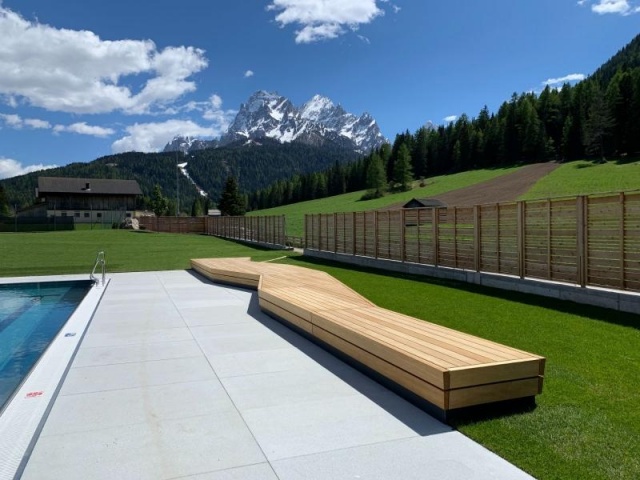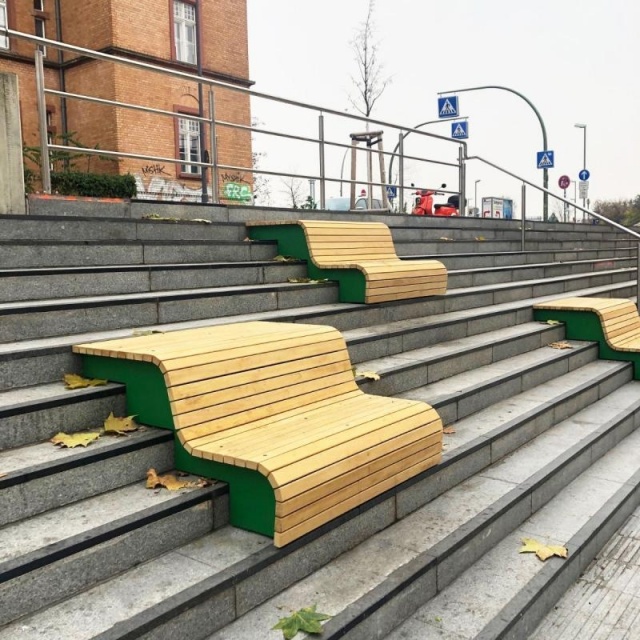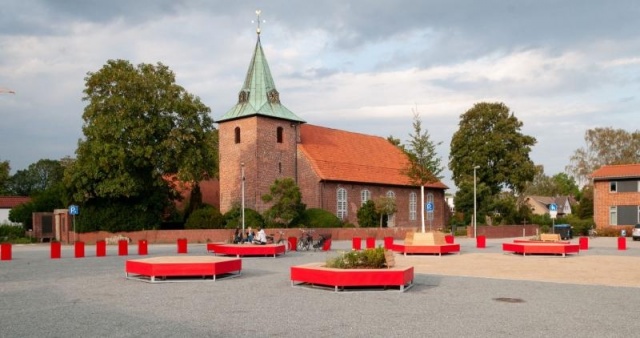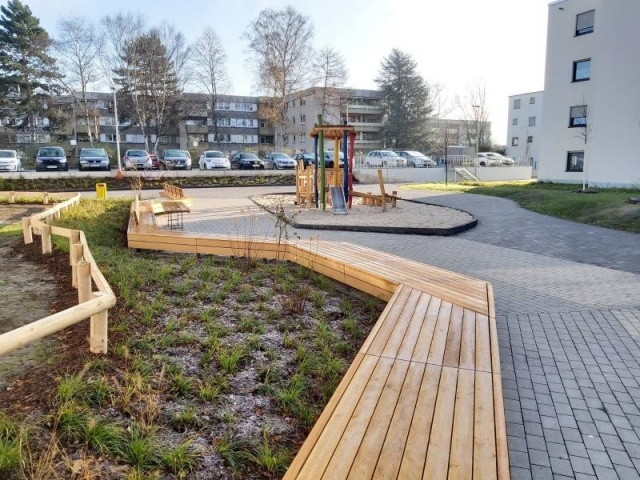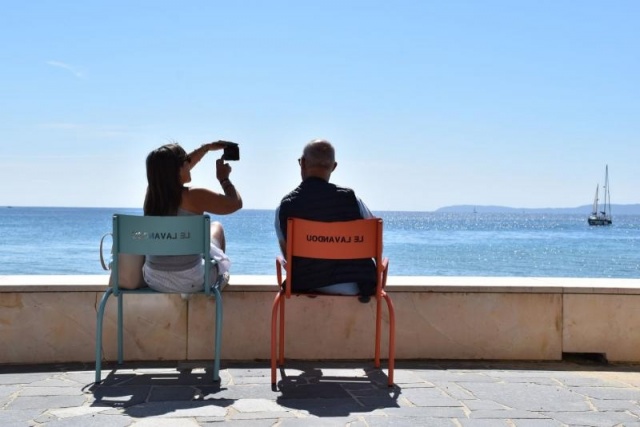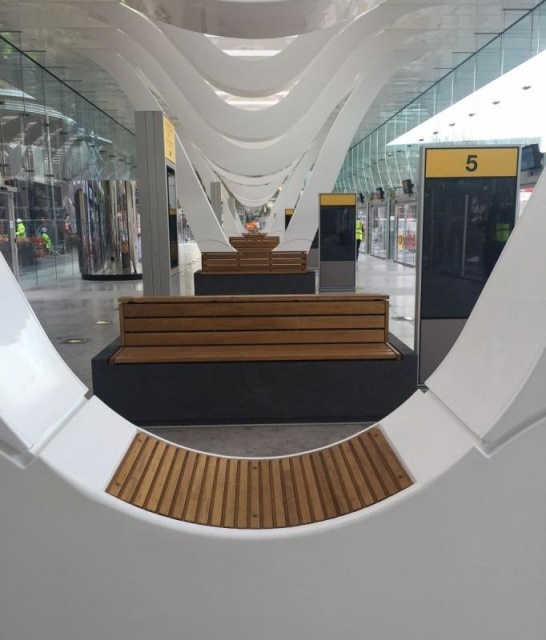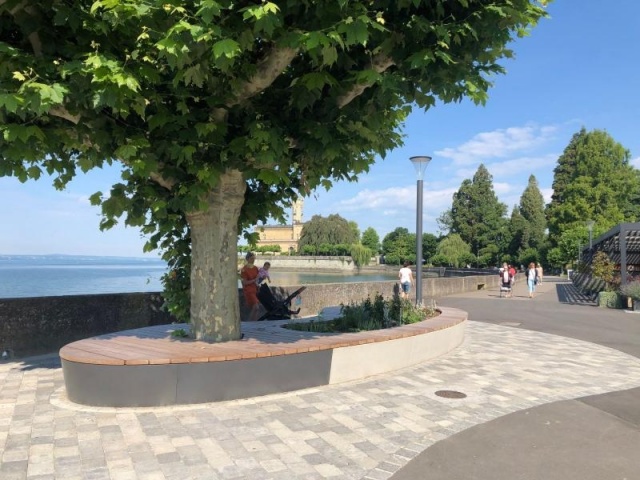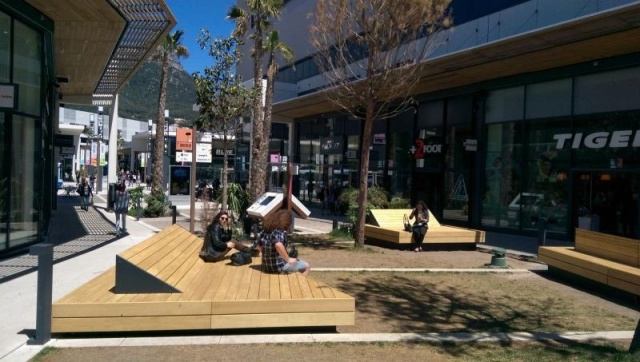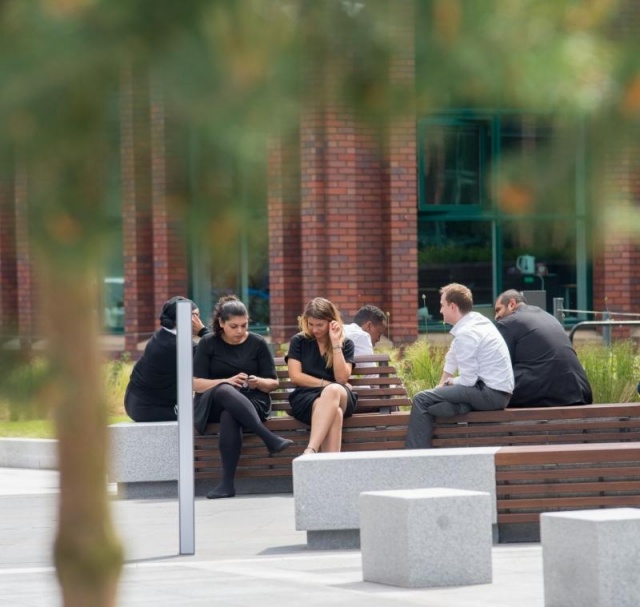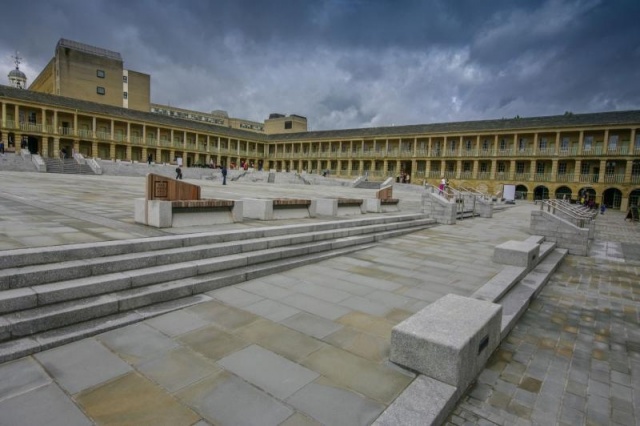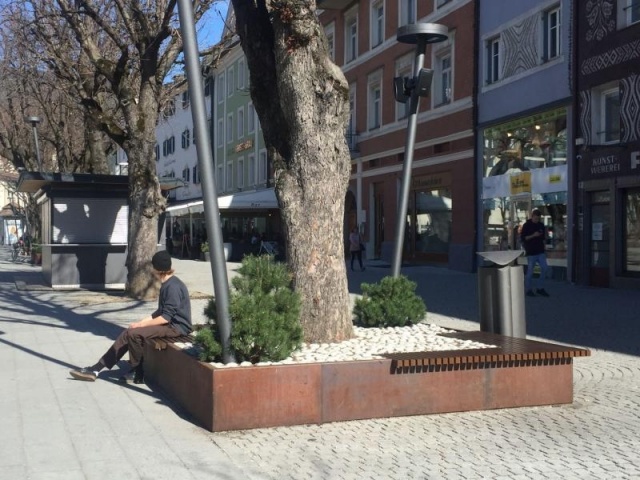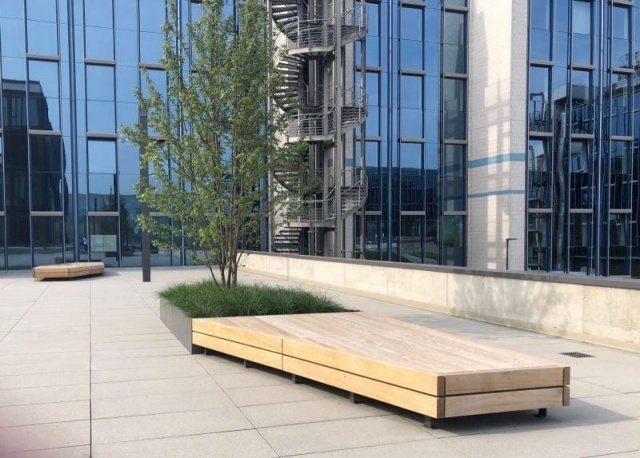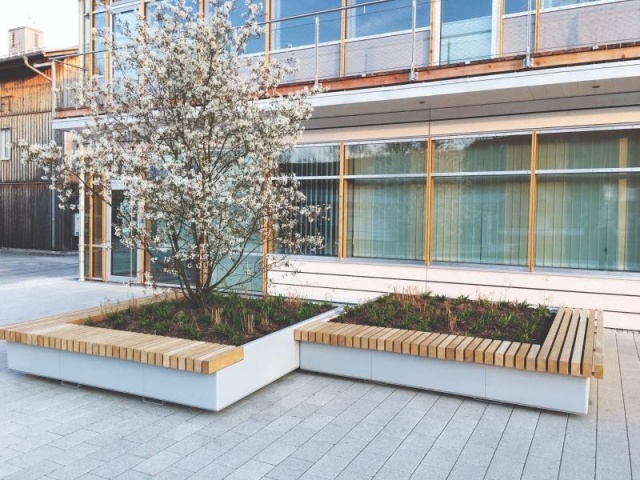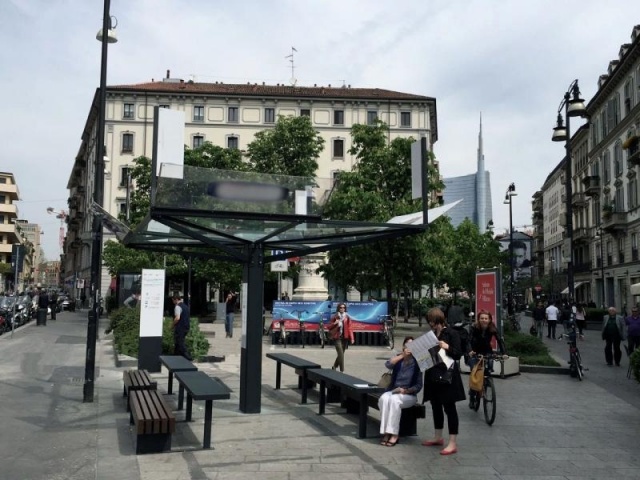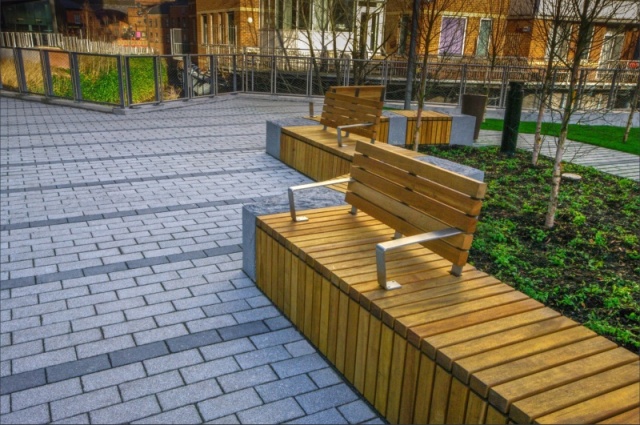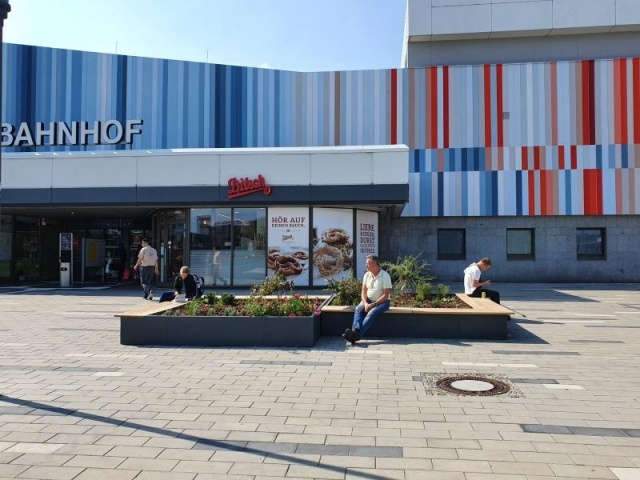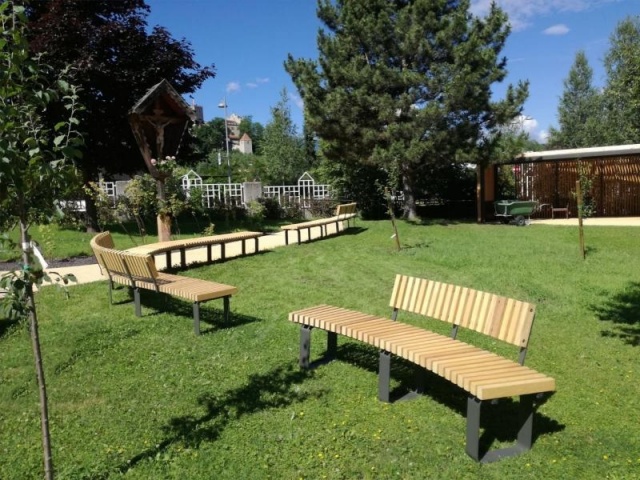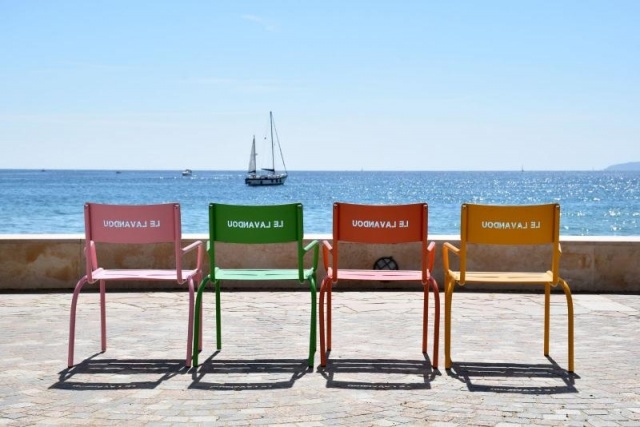The art of street furniture?
10 useful hints for designing open spaces
Street furniture plays a decisive role in the design of open spaces such as parks and squares. Benches in particular are an important component that not only invites people to relax, but also promotes social interaction. Here are 10 great suggestions for planners on how to optimise open spaces:
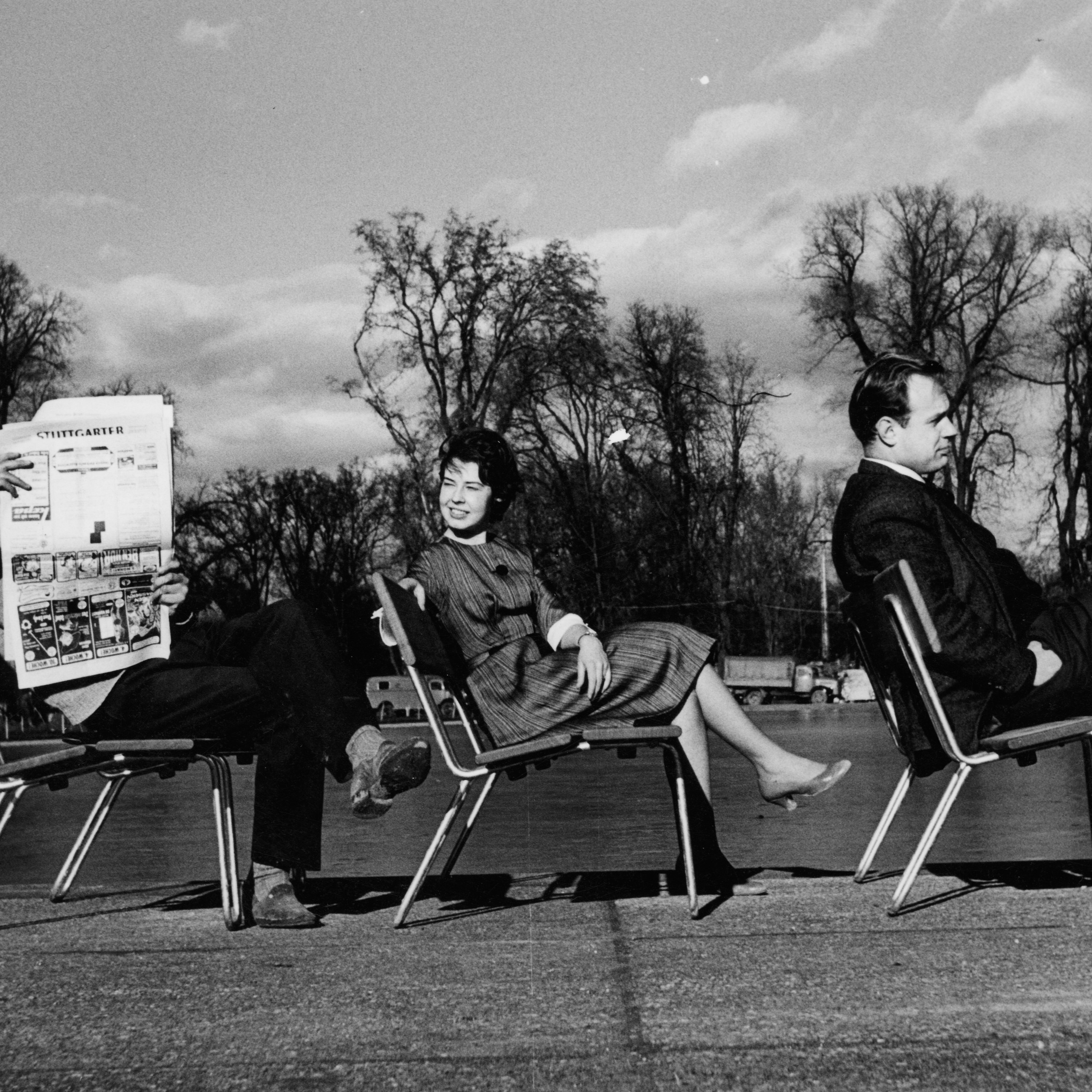
1. Natural integration
Integrate benches harmoniously into the natural environment by choosing materials that blend into the landscape. Wood and metal are often popular options here.
2. Shade and sun
When placing benches, take the position of the sun into account to offer both shady and sunny spots. This allows users to position themselves according to the weather and personal preferences.
3. Accessibility
Ensure that all people, regardless of their physical abilities, have access to seating. This means well thought-out placement and suitable height of the benches.
4. Sustainability
Choose durable materials and sustainable manufacturing processes for street furniture to minimise environmental impact and extend the life of the equipment.
5. Site-specific design
When choosing street furniture, consider the character and needs of the location. A bench on the banks of a river, for example, requires different characteristics than a bench in a busy city park.
6. Places to relax
Also create secluded areas with benches that offer privacy and tranquillity. This can be achieved by skilfully placing planters or partitions.
7. Interactive elements
Integrate interactive elements into the benches, such as built-in games or artwork. This stimulates creativity and invites people to linger.
8. Lighting
Also think about lighting around the benches to ensure safe use even in the dark. Soft lighting can also create an atmospheric ambience.
9. Citizen participation
Involve citizens in the design of open spaces and the selection of street furniture. This promotes a sense of community and ensures that the furnishings meet the needs of the users.
10. Variety of benches
Offer a variety of seating options, from classic wooden benches to modern, ergonomically designed seating. This allows different users to experience the space in different ways.
With these tips, planners can create open spaces that are not only functional, but also inviting and inspiring. Our cities will become places that bring people of all ages and backgrounds together and enrich city life.

 en
en  de
de it
it
